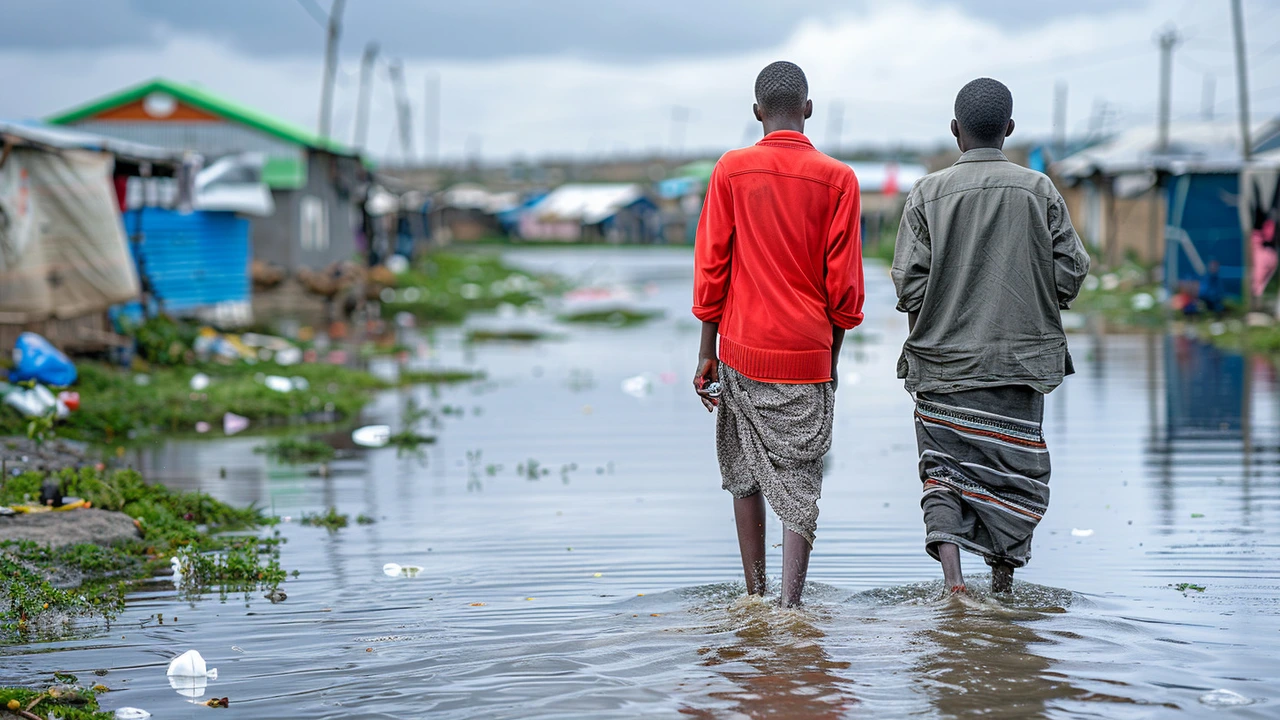Flooding in Africa: What You Need to Know
Flooding is one of the most frequent natural disasters affecting many parts of Africa every year. It happens when rivers overflow, heavy rains fall, or coastal tides rise, swamping areas where people live and farm. This can cause serious damage to homes, crops, and infrastructure, disrupting daily life and leading to health risks due to water contamination.
Communities across Africa experience flooding differently depending on location, climate, and urban development. In some regions, flooding is a seasonal event linked to heavy rains during the wet season. Elsewhere, it may be sudden, caused by storms or flash floods. Coastal cities face rising sea levels and storm surges adding to flood risks.
What Causes Flooding in Africa?
Several factors contribute to flooding here. Heavy and irregular rainfall is often the main cause, especially when soil can't soak up water quickly. Deforestation and poor land use increase runoff, as fewer trees mean less water retention in the ground. Many cities lack proper drainage systems, so rainwater has nowhere to go but streets and homes.
Climate change also plays a role by making rain patterns more unpredictable and extreme. This means droughts can be followed by intense storms, creating more floods. River catchments clogged with debris or blocked by human activity worsen flooding far from the coast, too.
How Do Communities Handle Floods?
African communities use various ways to prepare for and react when floods strike. Early warning systems using mobile alerts and local radio help notify people in flood-prone areas. On the ground, people build homes on stilts or create small embankments to hold water back.
Many organizations promote planting trees and restoring wetlands to improve natural water storage. Local leaders often organize community clean-ups to keep drains clear. During floods, rescue teams and neighbors work together to evacuate vulnerable families and share supplies.
Simple acts like having a basic emergency kit ready or knowing safe evacuation routes can save lives. While floods cause damage, these practical steps and stronger community cooperation help reduce the risks and speed up recovery.
Staying informed and supporting local flood management efforts is crucial. Flooding might seem overwhelming, but with the right knowledge and preparation, it’s something communities across Africa can manage better each year.

Humanitarian Crisis in Somalia's Afmadow District: Flooding, Insecurity, and Limited Access to Basic Needs Worsen Conditions
The humanitarian crisis in Afmadow district, Somalia, has intensified since March 2024 due to lingering effects of flooding in late 2023, ongoing insecurity, and escalating food prices. Vulnerable groups like the elderly and people with disabilities are at higher risk as limited access to essential services such as clean water, sanitation, and healthcare continues to pose significant threats.
Categories
- Sports (146)
- Politics (22)
- Entertainment (20)
- World (15)
- News (10)
- Lifestyle (8)
- Business (6)
- Technology (3)
- Health (3)
- Environment (2)
Popular Articles



